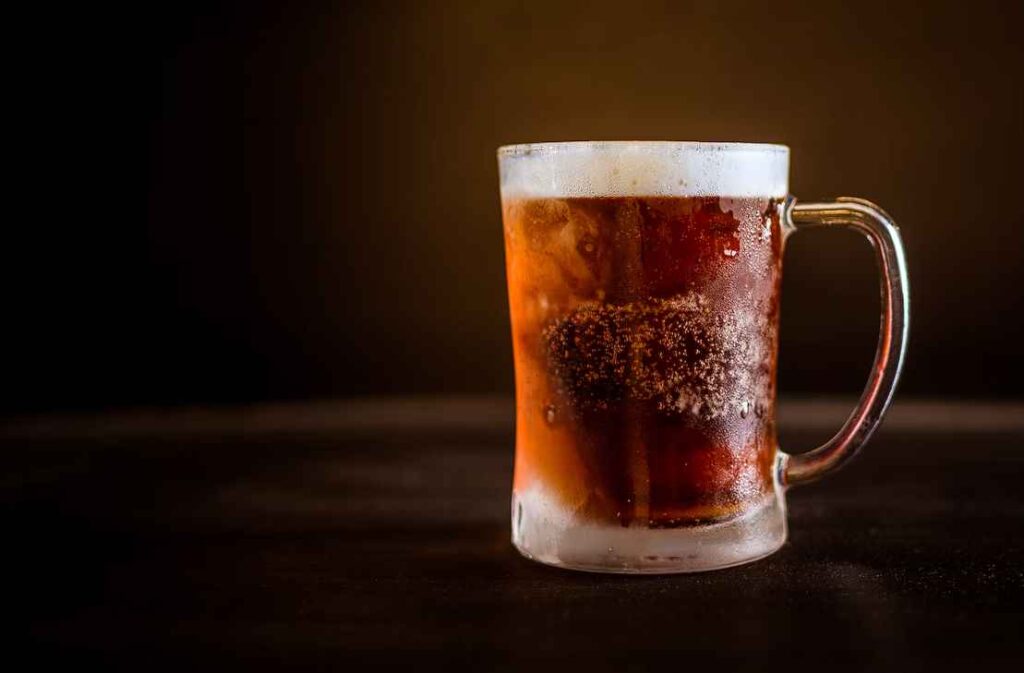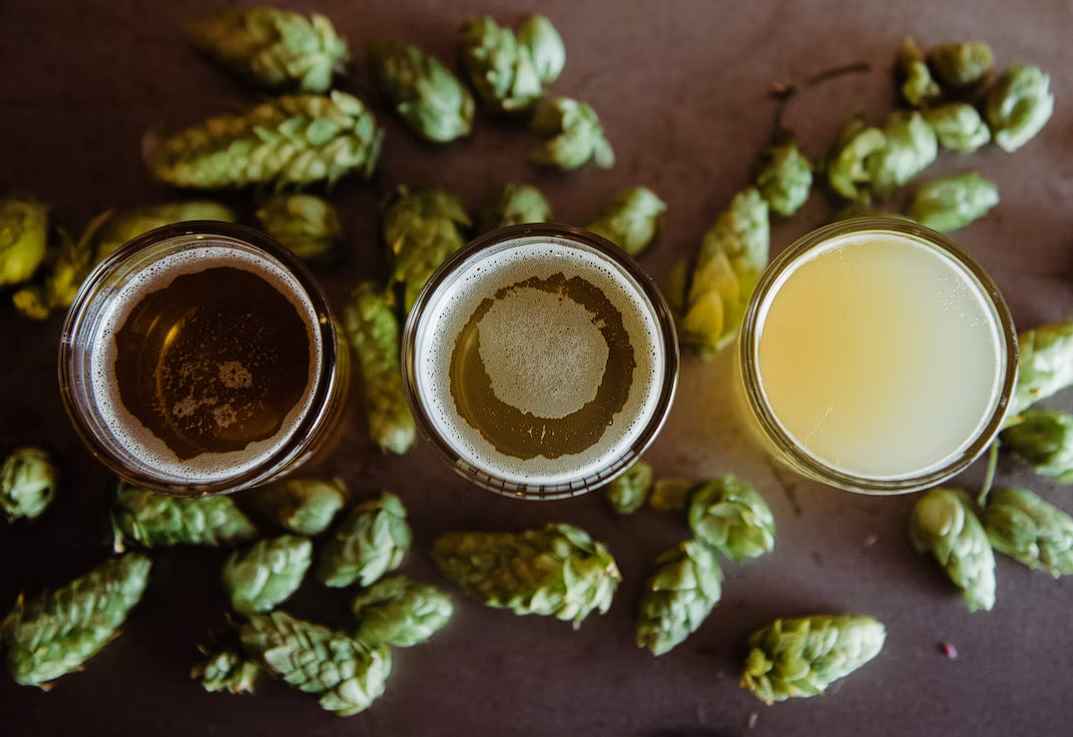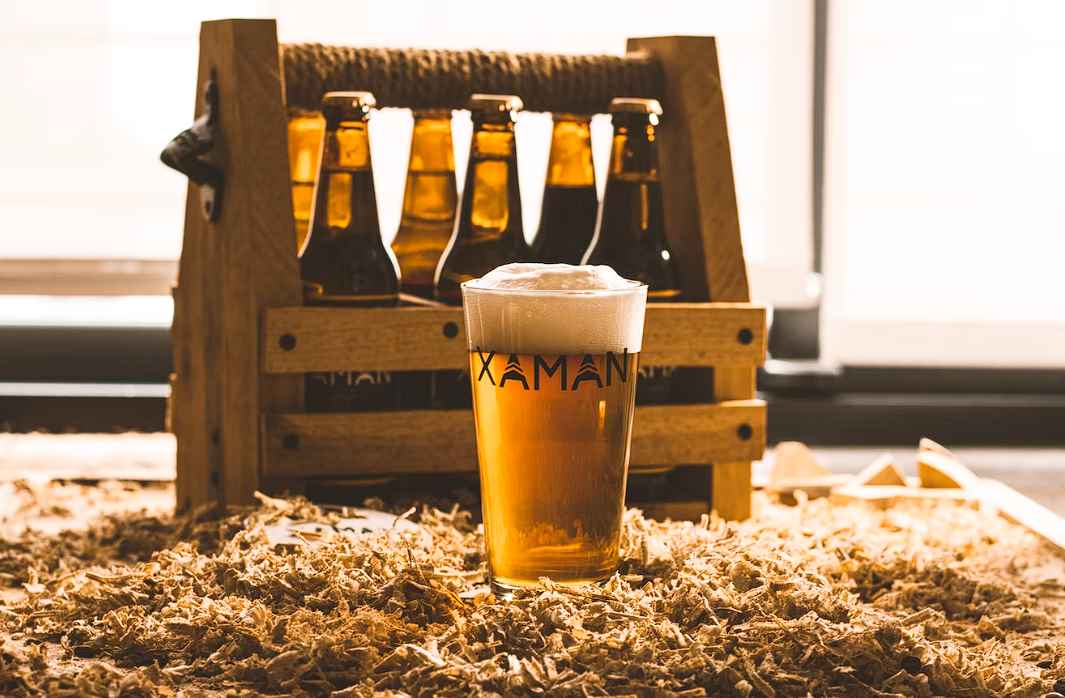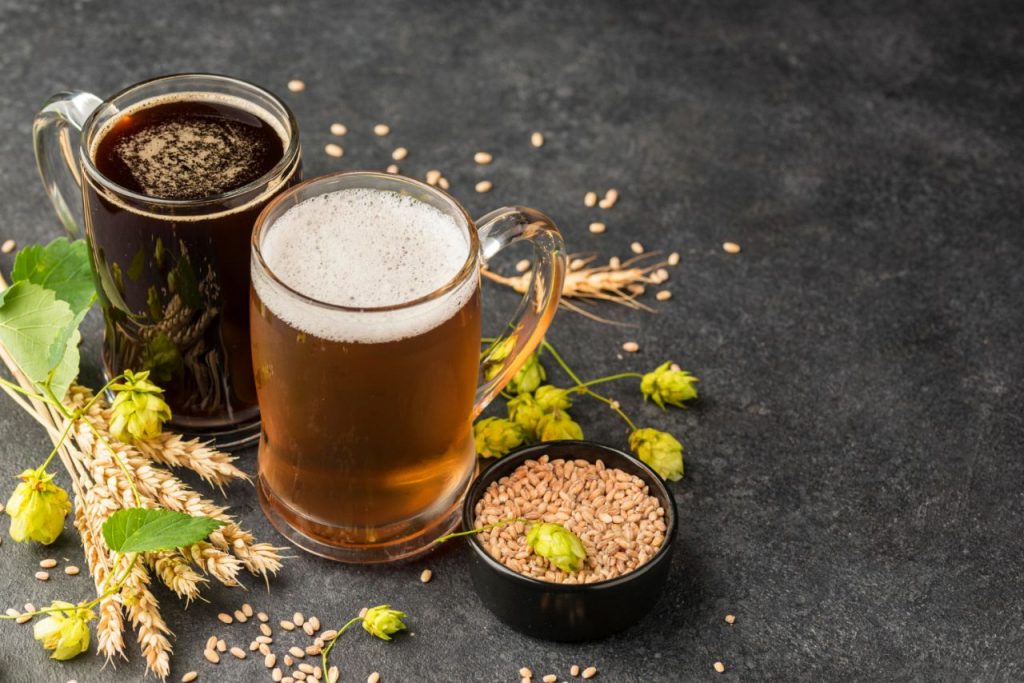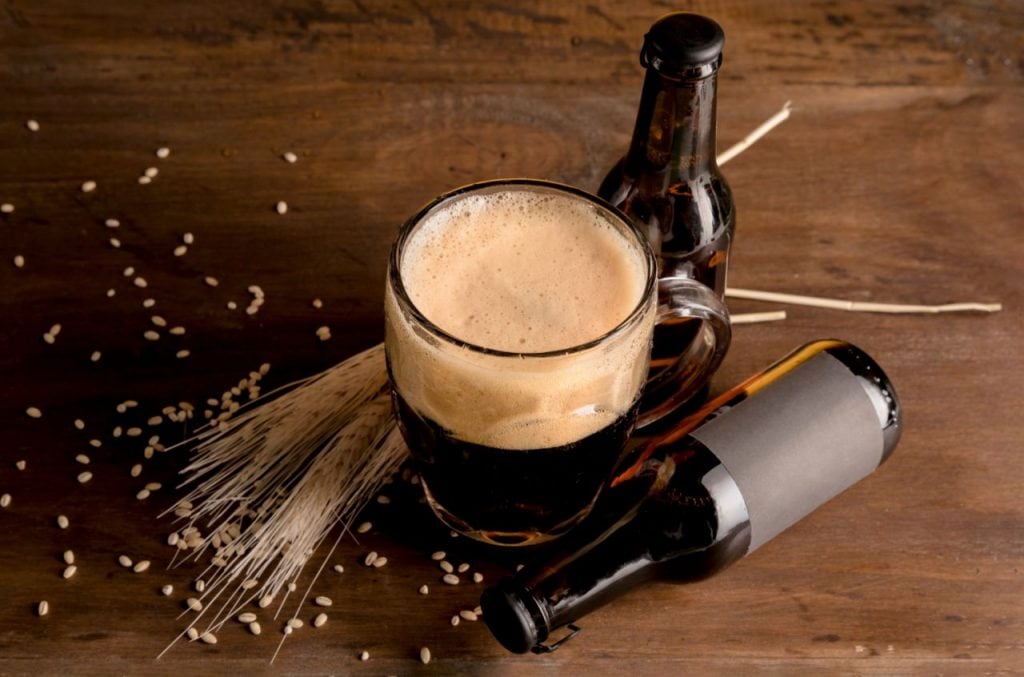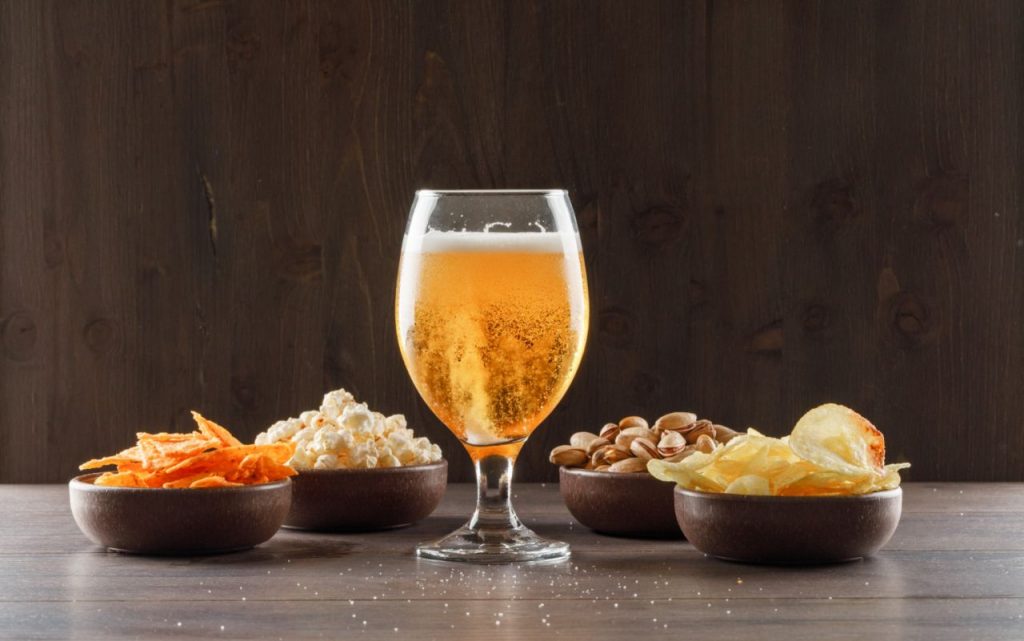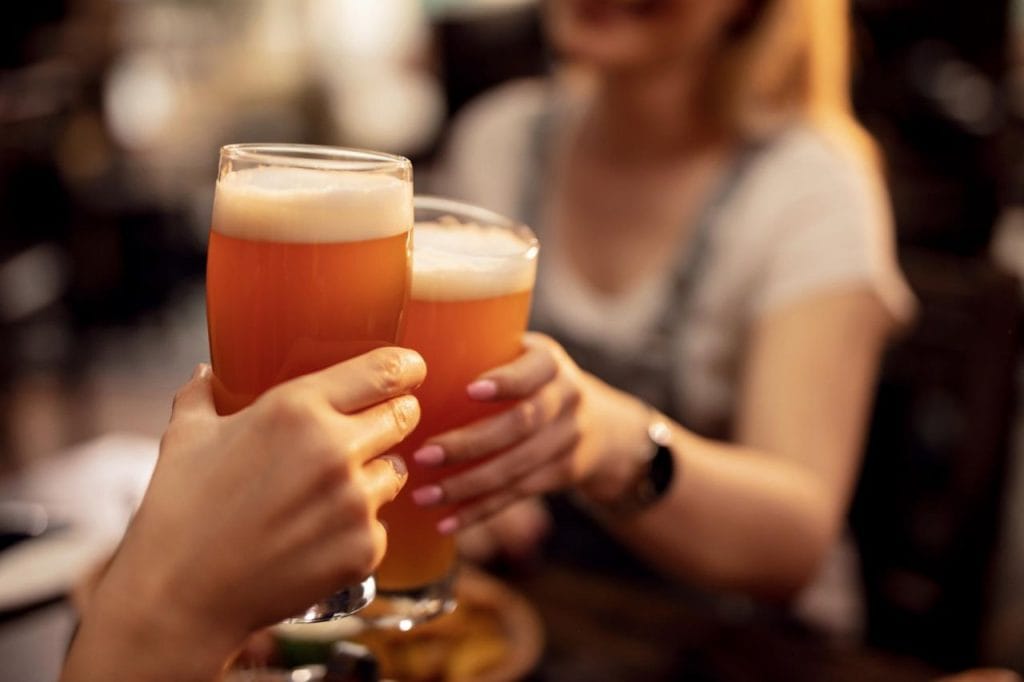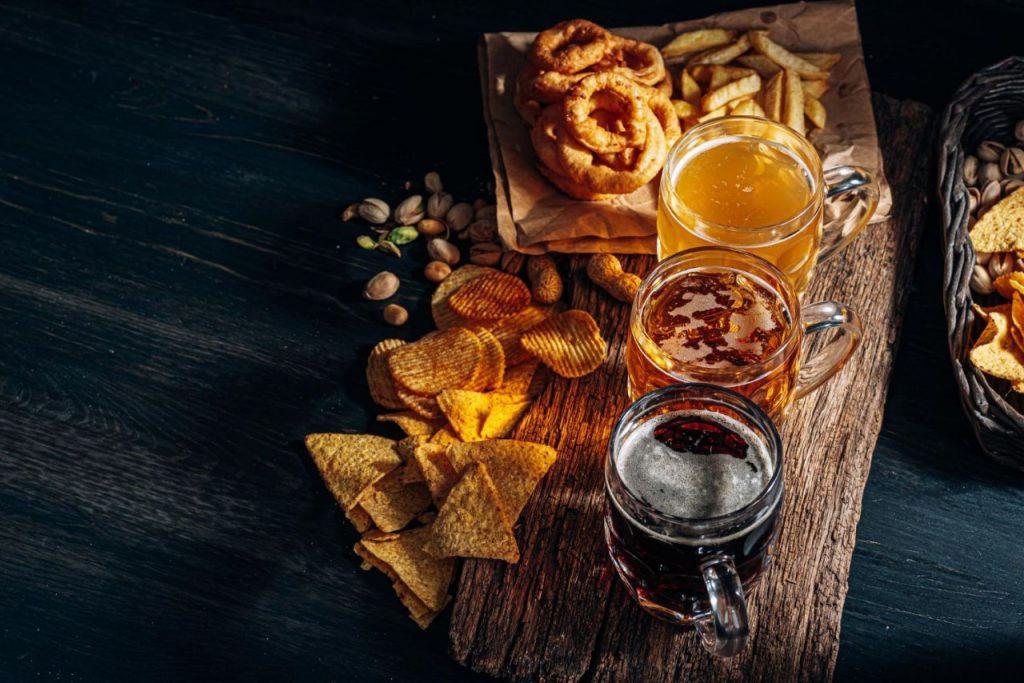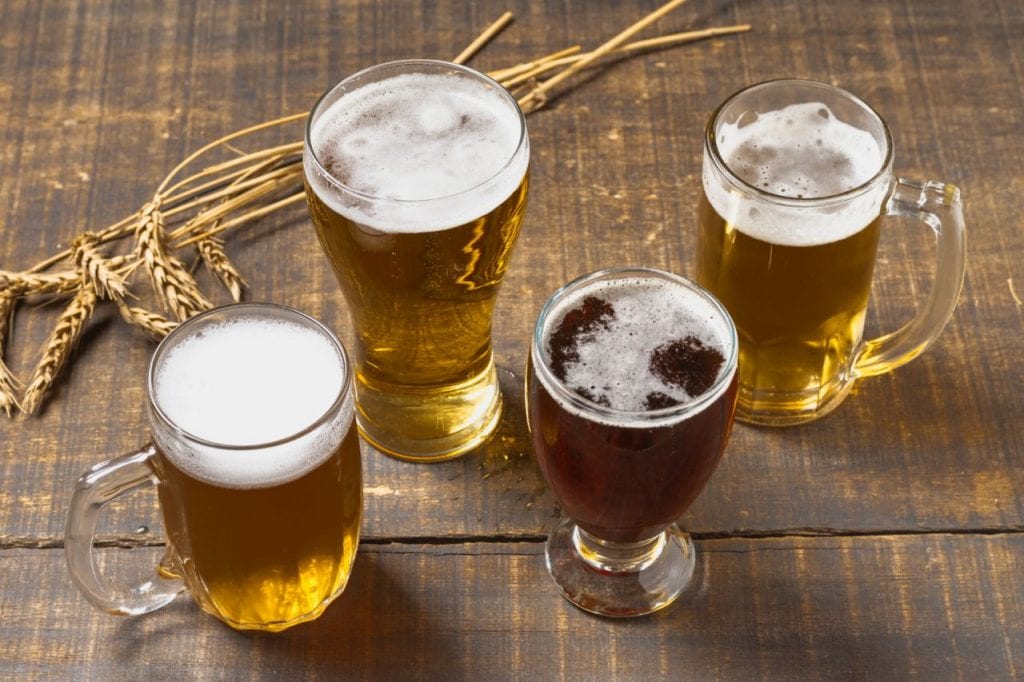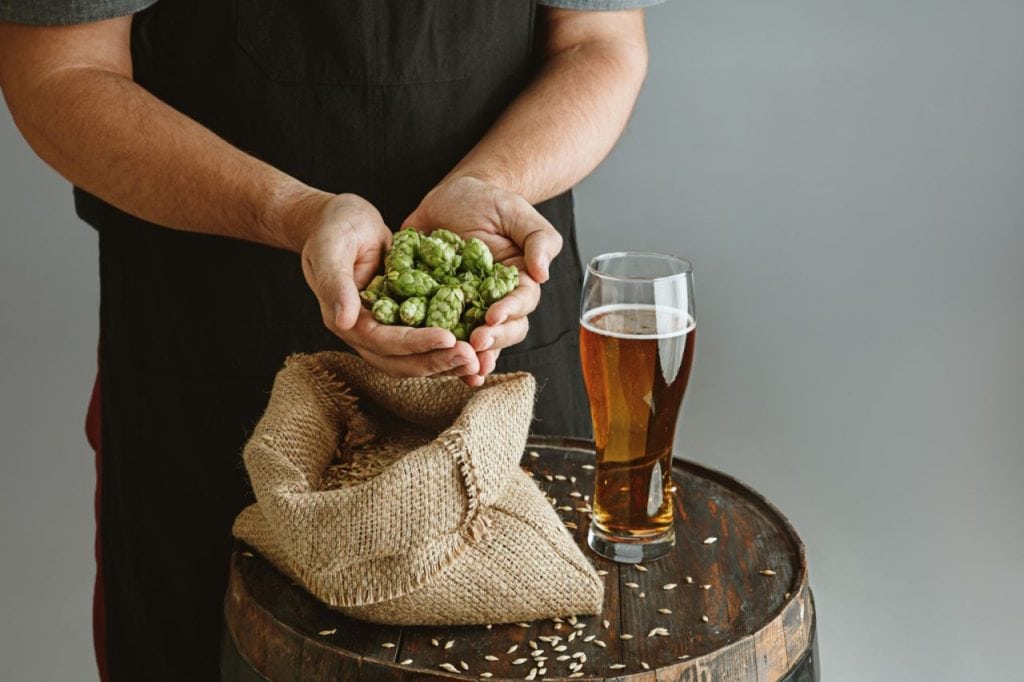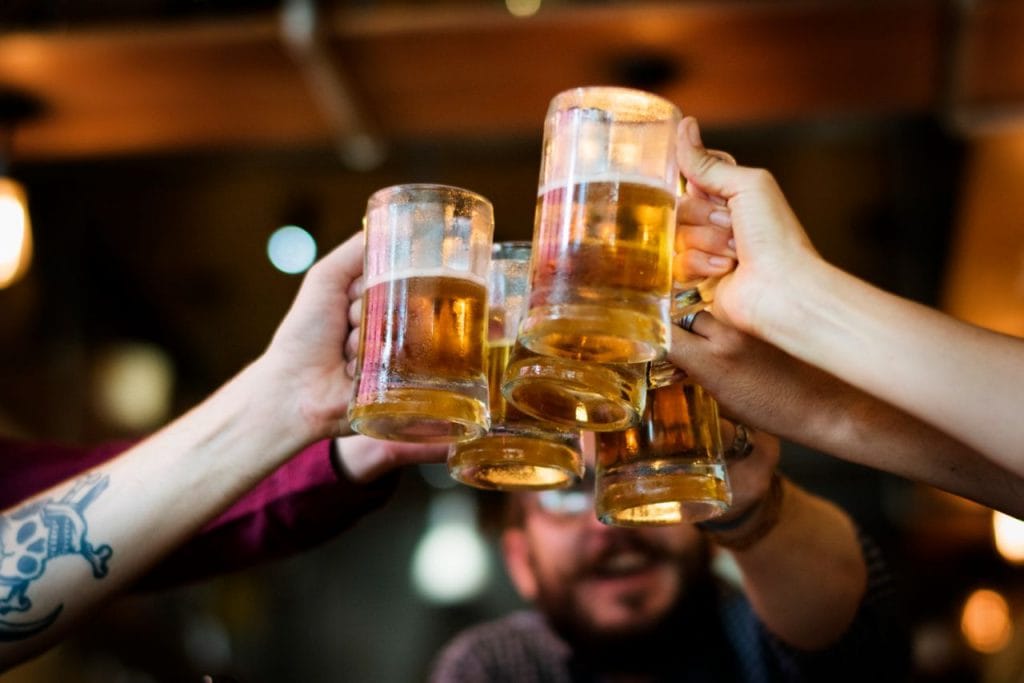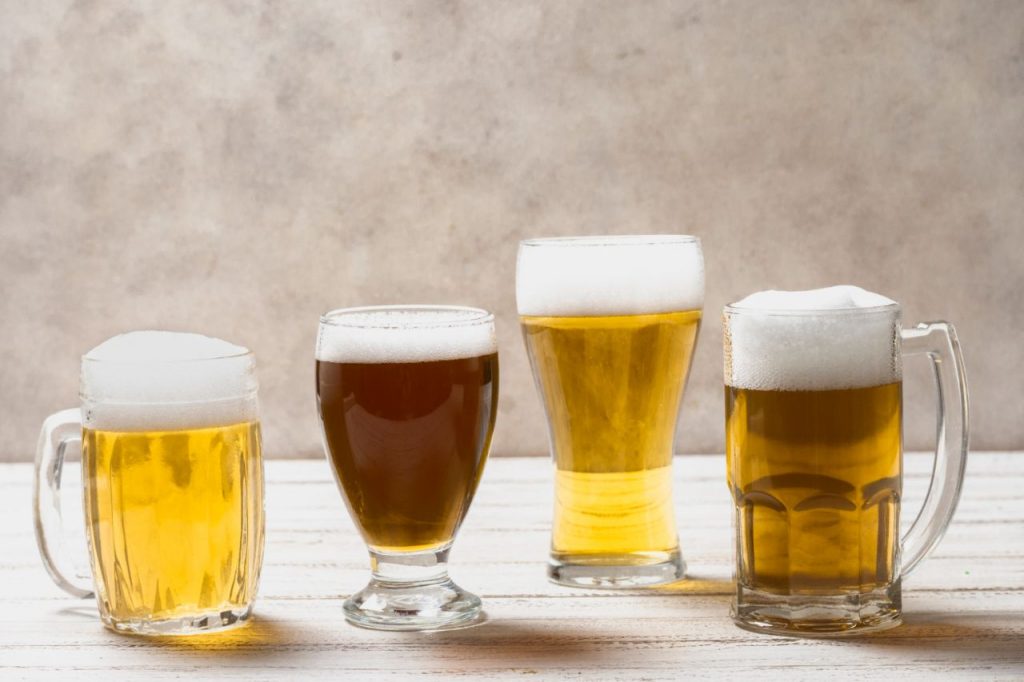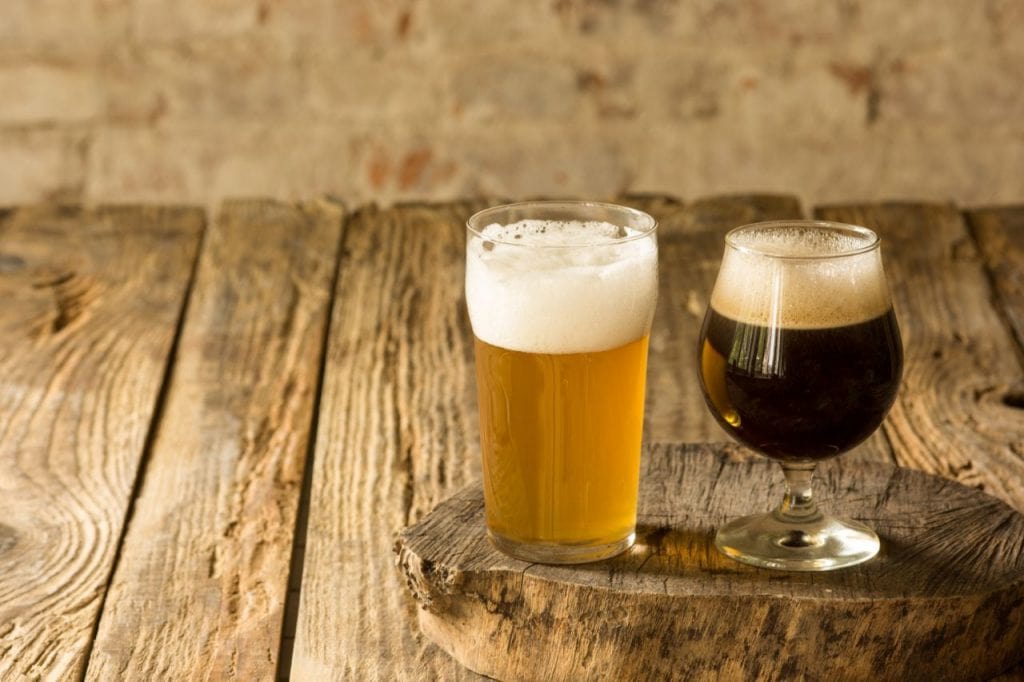As beer enthusiasts, we all like a tasty cold one after a hard day's work. But when it comes to selecting between craft and premium beers, it can be difficult to know exactly what sets them apart.
Craft brewers often produce less than 6 million barrels per year, compared to the hundreds of millions produced by industrial breweries. Unlike craft beer, the industrial beer uses artificial flavours or additions and lower-quality ingredients. In addition to encompassing styles beyond mere lagers, the craft beer genre is increasingly all-encompassing.
The distinction between the two styles isn't just about taste; there are several key factors that determine if your beer is considered craft or premium. In this article, we'll explore some of these core differences so you can make an informed decision next time you're shopping for suds!
Enrich your taste journey today by coming down for an unforgettable tasting experience at Tar Barrel Mornington Brewery & Distillery!
Exactly What is "Craft Beer"?
In contrast to mass-produced beers, craft beers undergo stricter quality control measures. According to the Brewers Association, "craft beer" can only be labelled as such if it is produced using time-honoured methods and traditional ingredients.
You'll need water, yeast, barley, malt, hops, and yeast. Adding other components is allowed, but only for flavour, never to reduce expenses.
Traditional breweries (both macro and micro) can minimise costs by using alternative components in their beers so long as they don't label them as "craft" beer.
Craft beer manufacturing is far more labour-intensive than a typical macro brewery because no large-scale automated production machines are used.
Do Craft Brewery And Microbrewery Mean The Same Thing?
By definition, A craft brewery must use conventional brewing techniques to qualify. They do it because they enjoy making art (hence the name). A beer for beer nerds, if you will.
A further requirement is that annual output from craft breweries must be less than 6 million barrels. Do you find that number little compared to the millions of barrels produced annually by major breweries? Introducing the local brewery.
Microbreweries often produce "specialty beer" in quantities of up to 15,000 barrels annually. Be aware, however, that the presence of such a label is no guarantee that the beer within is brewed conventionally (i.e. craft beer)
It signifies that production runs are smaller for this item because of its rarity. However, for the record, microbreweries are responsible for producing the vast majority of craft beer.
Why Are There "Crafted" Beers?
When you get down to brass tacks, the only reason craft beer exists is that it was the only beer available for so long. Everything was simple in the era before large-scale industrial machinery made mass production possible. Beer was the general term for alcoholic beverages in the past.
Brewers today continue the tradition of craft brewing because they value the craftsmanship involved and appreciate the superior taste, fragrance, and mouthfeel that result from traditionally brewing beer.
There are perhaps some snobs among them, but it's also true that there are a lot of regular folks here. Craft beers, microbrews, and microbrews can all be enjoyed in moderation.
Is Craft Beer Really "Better" Than Mass-Produced Beer?
The answer to the question is highly context-dependent.
Typically, breweries cater their beer to the present market. The current boom in the popularity of craft beers means that drinkers may try practically everything without worrying about disappointment.
At the same time, the ability of major commercial breweries to produce vast quantities of beer that are all essentially the same is a credit to their expertise and efficiency. Considering how challenging it is to brew a high-quality pale lager, this is especially true.
Is There Really Any Discernible Difference In Flavour?
Compared to mass-produced brews, craft beers tend to have more pronounced flavours. Craft beers also have a more comprehensive range of tastes to play with. The imagination shown by some craft breweries is astounding.
Only some beer lovers will appreciate the nuance and complexity of a craft brew. This is especially true of those accustomed to industrial beer's more streamlined, subdued flavours.
Distinctive Features of Craft Beers Compared to Mass-Produced Beers
Craft beers differ significantly from mainstream beers in several essential respects.
Craft Beers Are Superior In Flavour.
Most people who are passionate about craft beer drink commercially made beer like water. Craft breweries typically invest more time and energy in developing their beer recipes, which results in beers with distinct flavours and characteristics.
Craft breweries are commonly held in higher esteem than mass-produced beer producers due to the greater emphasis placed on quality control.
Quantity Of Alcohol
Is craft beer significantly more potent than mass-produced beer? It would be best to say yes.
While certain craft beers have lower alcohol content than mainstream options, craft beers generally have more alcohol. Keep an eye on your intake of craft beer because one beer of this variety can contain the alcohol content of two to four conventional beers.
Craft beer can be high in alcohol content, so it's essential to know how much you can safely drink.
Craft Beers Have Varieties.
Craft beers' distinct flavour sets them apart from mass-produced brews and makes trying new varieties fun and exciting. Craft breweries, as previously indicated, invest far more time and energy into producing these beers, with fascinating outcomes.
Craft beers stand out from the crowd because they are aesthetically pleasing and complex. The essential characteristics of the crafts are their body, mouthfeel, taste, and flavour.
Craft Beers Could Cost Less.
The cost of a drinking session with standard and craft beer can vary widely. You may only need half as much craft beer as standard beer due to the higher alcohol content.
They Are Called "Craft" For A Reason.
There is usually a wealth of background information about the brewery and the beverage's inspirations printed on the label of each craft beer.
People who drink craft beer tend to do so partly because they believe the makers put genuine effort into the product.
Can Be Combined With A Meal.
Like many wines, craft beers come in various styles designed to complement specific dishes.
Craft beer is becoming increasingly popular as an accompaniment to fine dining experiences, especially those consisting of three courses.
Ingredients Are 100% Natural.
In contrast to mass-produced beers, craft brews rely solely on water, yeast, malts, and hops in their production, eschewing artificial flavours, colours, and preservatives.
Typical beers are pasteurised and sometimes even contain preservatives; to save costs further, they employ lower-quality ingredients, resulting in a product that may be sold at a lower price but is ultimately of lower quality.
Recipe From A Master Brewer.
To make mass-produced beers, brewers use a tried-and-true formula that calls for a simple production method and inexpensive ingredients. Craft beer brewers, on the other hand, tweak and test their formulas hundreds or even thousands of times before they settle on the perfect blend, so every craft beer is truly one-of-a-kind.
The Production Method
The operations at independent breweries are more hands-on; the beer is filtered by hand rather than with expensive and bulky equipment.
Significant corporations utilise automated systems and procedures that require minimal human involvement. In addition, chemical filtration and pasteurisation in commercial beers remove proteins and yeasts, lowering the beer's nutritional value.
Conclusion
Compared to the hundreds of millions produced annually by industrial breweries, craft brewers only produce around 6 million barrels annually. The ingredients in industrial beer are inferior quality and artificially flavoured, in contrast to the natural ingredients used in craft beer. Due to the lack of industrial-scale automated production machinery, the manufacture of craft beer requires significantly more man hours than those of a conventional macro brewery. There are many key ways in which craft beers stand apart from their mass-produced counterparts. Craft beers, in contrast to mass-produced brews, offer a wider variety of flavours and a more prominent emphasis on certain flavours.
Some beer drinkers may not be able to appreciate the subtleties and complexities of a craft brew. This is especially true for people whose palates have been conditioned to the more muted flavours of industrial beer. Craft beers' unique taste distinguishes them from mass-produced brews and makes exploring new variations intriguing. Due to the higher alcohol concentration of craft beer, you may only require half as much as you would of regular beer. Craft beer is rising in popularity as a fitting beverage to accompany multi-course gourmet meals.
Content Summary
- We're a group of beer lovers here, so we appreciate nothing more than relaxing with a cool one after a long day.
- However, knowing the differences between craft beers and premium beers can be challenging.
- In comparison to industrial breweries, which can generate hundreds of millions of barrels annually, craft brewers typically produce fewer than six million barrels annually.
- The ingredients in industrial beer are inferior quality and artificially flavoured, in contrast to the natural ingredients used in craft beer.
- More and more beer types, not just lagers, are being included in the craft beer category.
- It's not merely a matter of personal preference that separates these two categories of beer; there are other, more objective criteria that must be met in order to be labelled as either craft or premium.
- In this piece, we'll go into some of the fundamental distinctions between the two, so you can choose wisely the next time you're at the beer store.
- Craft beers, in contrast to mass-produced brews, are subjected to more stringent quality checks.
- The Brewers Association defines "craft beer" as beer made in the traditional style with traditional ingredients.
- Barley, malt, hops, yeast, and water are all necessities.
- To add flavour is fine, but never to save money.
- Micro and macro breweries who adhere to the traditional brewing process might save money by employing alternative ingredients in their beers without risking the reputation of "craft" beer.
- Due to the lack of industrial-scale automated production machinery, the manufacture of craft beer requires significantly more man hours than those of a conventional macro brewery.
- Craft breweries are required, by definition, to employ traditional brewing methods.
- The act itself is a kind of expression for them (hence the name).
- What you may call a beer for beer nerds.
- One more criterion is that the annual production from craft breweries must be under 6 million barrels.
- In reality, the only reason craft beer even exists is because it was the only beer accessible for so long.
- Before the advent of massive industrial machinery, life was much simpler.
- Alcoholic drinks were commonly referred to as beer in the past.
- Traditional methods of brewing beer are still practised today because of the greater flavour, aroma, and mouthfeel that result from the time and care put into each batch.
- While some may be snobs, the majority of these people are probably just like you and me.
- Drinking craft beers, microbrews, or nanobrews in moderation is fine.
- Because of this, the question's solution is very situational.
- Breweries typically produce beer that is popular at the time it is released.
- Due to the recent upsurge in craft beer's popularity, beer lovers can safely sample almost everything without fear of being let down.
- Yet, it's a testament to the professionalism and efficiency of large commercial brewers that they can churn out such massive volumes of beer that are all essentially the same.
- This is especially accurate when thinking about how difficult it is to make a superior pale lager.
- Craft beers, as opposed to mass-produced brews, typically feature more prominent flavours.
- There is a wider variety of flavours that can be used in crafting craft brews.
- Some artisan breweries have shown incredible creativity.
- Some beer drinkers may not be able to appreciate the subtleties and complexities of a craft brew.
- This is especially true for people whose palates have been conditioned to the more muted flavours of industrial beer.
- There are many key ways in which craft beers stand apart from their mass-produced counterparts.
- To put it simply, the flavour of craft beers is unparalleled.
- Even craft beer enthusiasts tend to down mass-produced brews like water.
- Understanding how much alcohol is too much to consume when drinking craft beer.
- Craft beers' unique taste distinguishes them from mass-produced brews and makes exploring new variations intriguing.
- As was mentioned before, craft breweries devote significantly more resources to creating these beers, which yields fascinating results.
- Craft beers are easy to spot because of their complexity and visual appeal.
- The weight, texture, flavour, and aroma of the beverages are the most distinguishing features.
- Standard beers and craft beers might have drastically different per-drink costs.
- Due to the higher alcohol concentration of craft beer, you may only require half as much as you would of regular beer.
- The word "Craft" describes their purpose perfectly.
- Each craft beer comes with a label that details the history of the brewery and the inspirations for the drink.
- Craft beer fans typically buy it in part because they appreciate the manufacturers' honest attempts to create something special.
- Craft beers, like fine wines, come in a wide range of varieties made to go with specific foods.
- Craft beer is rising in popularity as a fitting beverage to accompany multi-course gourmet meals.
- Craft beers only use all-natural ingredients.
- Craft beers, in contrast to mass-produced beers, are made using natural ingredients such water, yeast, malts, and hops and no added flavours, colours, or preservatives.
- Regular beers are typically pasteurised, and some even include preservatives; to further cut costs, they use lesser-quality ingredients, resulting in a product that may be marketed at a reduced price but is ultimately of lower quality.
- Brewers utilise a tried-and-true recipe that asks for a basic production procedure and inexpensive materials to generate beers at industrial scale.
- However, brewers of craft beers sometimes iterate their recipes hundreds, if not thousands, of times before they find the perfect combination, making each beer a one-of-a-kind creation.
Frequently Asked Questions
A craft beer is a type of beer that is produced by a small, independent, and traditional brewery. The focus is on quality, flavour, and brewing techniques, rather than mass production.
Craft beers often have unique and bold flavours, compared to the more standardised taste of regular beer. They also tend to use higher-quality ingredients and are brewed in smaller batches.
To determine if a beer is a craft beer, you can look for the brewery's size (typically defined as producing less than 6 million barrels per year), ownership (independently owned), and brewing methods (traditional, non-automated). Some craft beer labels will also carry the logo of the Brewers Association, which represents the craft brewing industry.
Popular craft beer styles include IPAs (India Pale Ales), stouts, pilsners, porters, saisons, and sours.
Craft beer is best stored in a cool, dark place, such as a refrigerator or cellar. Avoid exposing it to light and fluctuations in temperature, as this can cause the beer to spoil or lose its flavor. Also, keep the beer in an upright position, if possible, to prevent oxidation and the buildup of sediment.

